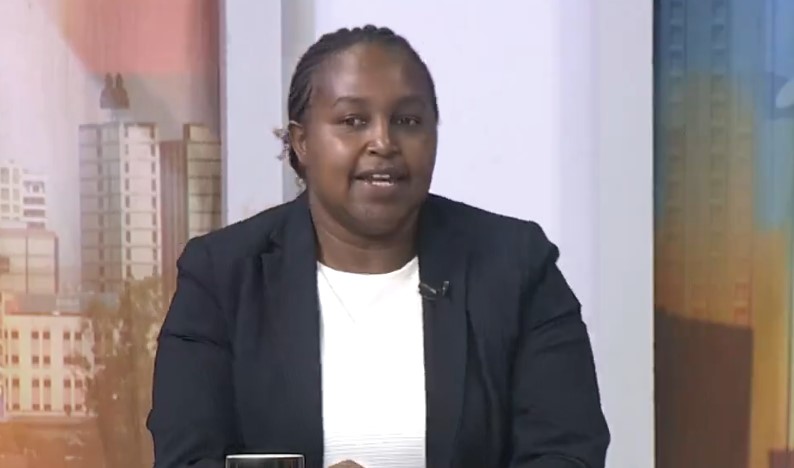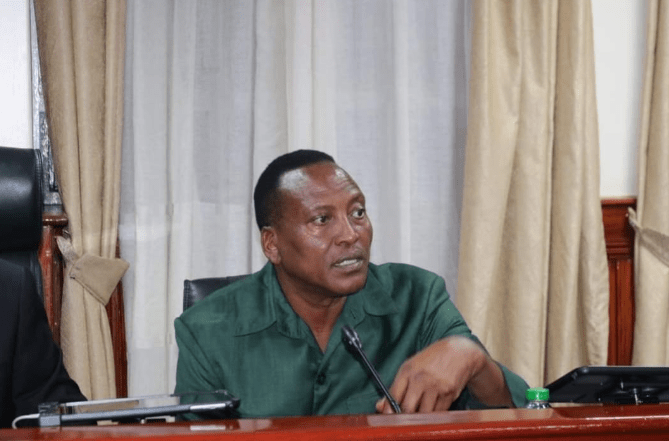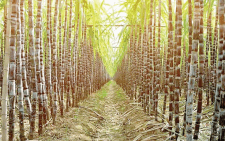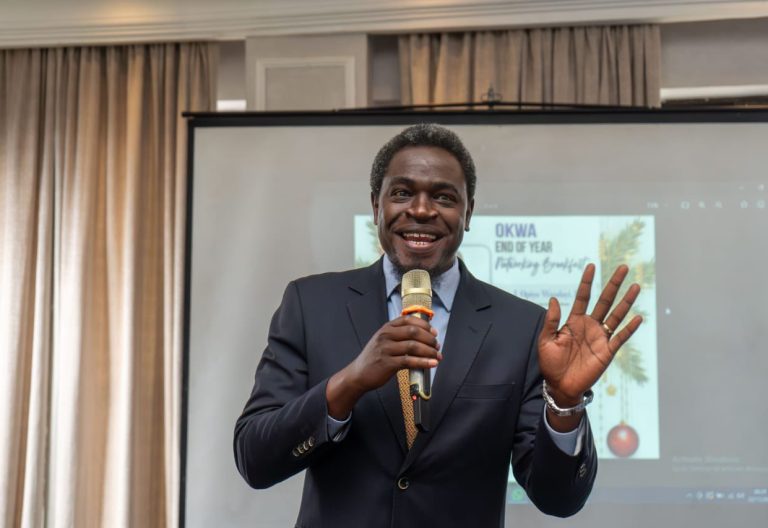Water projects spell better life for Nyeri, Kisii, Yatta residents
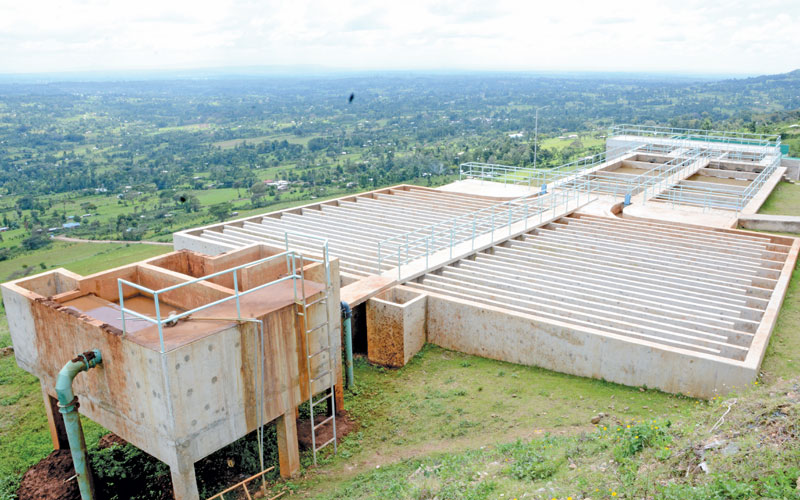
Efforts by various stakeholders to improve access to safe drinking water have resulted in a better quality of life and spurred smallholder irrigation projects.
This is evident in rural in areas such as Yatta in Machakos, Nkubu in Meru and Iria-ini in Nyeri as well as the urban areas of Kisii and Chwele towns, western Kenya.
In Machakos, for instance, rehabilitation of an old canal by the government has given residents a new lease of life.
Yatta Furrow, an irrigation canal constructed by the colonial government between 1955 and 1958, channels water from Thika river, for 60km, into the semi-arid Yatta region.
Water in the 10-foot-deep, 16-foot-wide canal dried up in 2009 due to environmental degradation upstream. The flow was restored when the National government rehabilitated and cemented the furrow in 2017.
Evelyne Nthambi Muli of Kithimani uses the furrow to irrigate her five-acre farm. She grows maize, beans, mangoes, miraa and bananas.
And like most of her neighbours, she uses a diesel-powered pump. “Before the furrow was unblocked and cemented, the water was murky and stagnant, forcing us to depend on rain-fed agriculture. Now the water volume is high and is healthier to use,” she says.
Water kiosks
Last year, the mother of two sold maize worth Sh60,000 and used the money to start a chicken project. She also earned Sh10,000 from mangoes at Sh10 apiece at the local market.
Steven Nzuki Mutiso, 42, from Eviani, Yatta, also uses water from the furrow to irrigate his one-acre miraa farm. He, too, pumps water to his farm via a two-inch diameter pipe.
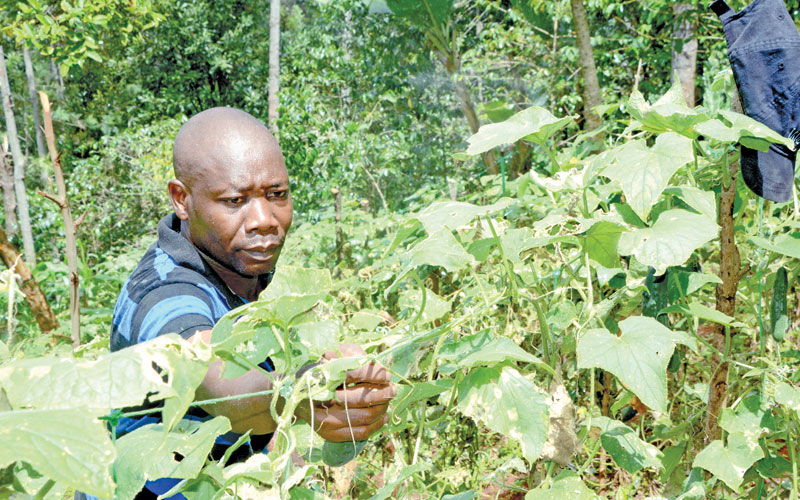
From his 1,500 miraa plants, Mutiso hopes to earn about Sh60,000 per month starting December once the shrubs he planted eight months ago mature. Adjacent to the miraa crop is a mango orchard, which earns him about Sh30,000 a year.
“I have been growing butternuts, okra, managu (African nightshade), sukuma wiki (Kales) and mangoes since 1995. We used to incurr huge losses after the canal ran dry,” he says.
Before the furrow was rehabilitated, Nthambi and her village mates used to buy water from a vendor, a 15-minute walk from her home at Sh1 per litre.
However, the water kiosk, owned by a religious institution, was unreliable as its supply was inadequate for the large area it served. Thika River is about 20km from her home compared to the canal, which is less than 0.5km.
Access to the water is largely unrestricted, save for dry seasons when officials in charge ration water to cushion downstream residents. To ensure equity in water sharing, the officials install pipes for a community member seeking to use the shared resource.
Unfortunately, some large-scale farmers upstream often divert large amounts of water into their farms, leaving the community short of water.
In Nkubu, Meru County, the residents are a step ahead of the government in providing piped water for themselves.
More than 150 members of Kiende-Kiorone Community Project, Ngine village are using River Kithino waters for irrigation and consumption.
Now complete, the project began in 2008 and cost Sh2.5 million, including Sh500,000 injected by South Imenti Constituency Development Fund. “We provided labour ourselves.
Water reached the the first home in 2017 and the last one this year,” said Patrick Muthuri, the project’s chairman. “Our cattle now have enough water and we are now looking into starting a greenhouse farming project,” he added.
Quality tests
Fredrick Mwiti, a horticulture farmer from Ngine, is thankful for the initiative, which has enabled him to irrigate his one-acre farm. “I couldn’t do horticulture crops before due to lack of water as we depended on rain. Now I grow cucumbers,” he said.
In Chwele, Bungoma county, women and children no longer walk long distances to fetch safe drinking water. They now access water at their doorsteps, thanks to Terem Water Project.
The 2,000 square metre capacity plant on the slopes of Mt Elgon opened in October 2018 and supplies areas as far as Chwele and Kanduyi towns.
“We test the water raw, clarified (after removal of suspended solids and particles) and at clean stages three times daily. We also test the quality at the consumer point once a week,” says plant operator David Ndege.
Margaret Nafula, a water kiosk vendor at Sikata Market, ekes out a living selling water supplied via pipes from the Terem plant by the Nzoia Water and Sewerage Company (Nzowasco).
Like Sikata residents, people living in Kisii town and its environs will soon bid goodbye to water scarcity once a Sh2.5 billion water treatment plant under construction is completed. The 2.5 million litre capacity plant at Kegati is funded by Kenyan government inpartnership with the German government.

